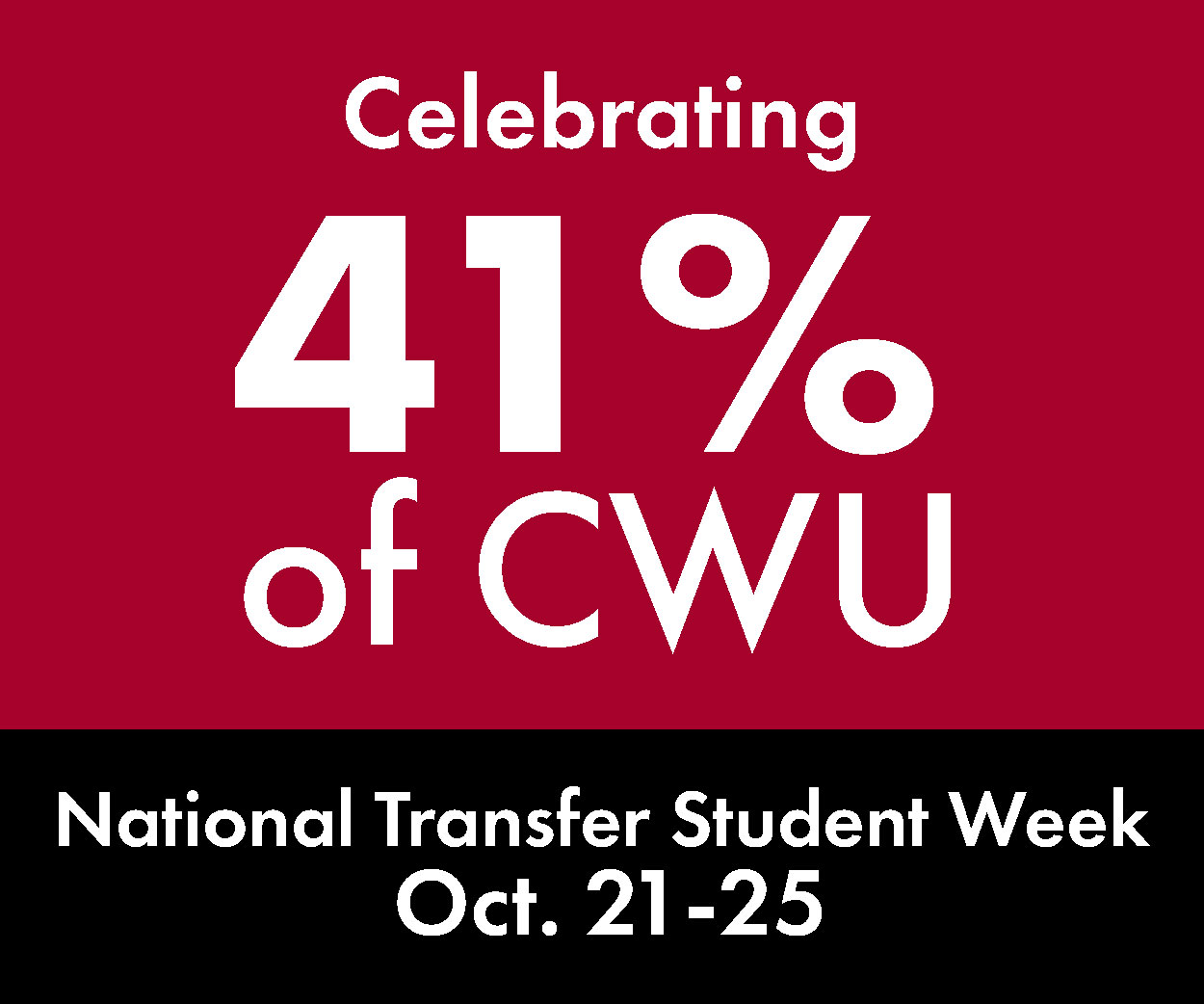Multicultural education in and beyond the classroom

Hilda Peña Alfaro
June 1, 2022
While multicultural education classes are a much-needed component of CWU, the work of diversity, equity and inclusion extends beyond the classroom.
Dr. Hilda Peña Alfaro, a professor in the World Languages and Cultures department, teaches a multicultural education course intended to raise awareness of the existence of different cultures among students.
“It’s key to acknowledge that diversity is a given, meaning you have a diverse population and that’s it,” Peña Alfaro said. “Having a prize on diversity or being the most diverse, having diversity in the school system, doesn’t mean anything in the sense that what needs to happen is for those people who are culturally diverse, they need to feel included and they need to be acknowledged and equity needs to happen.”
Peña Alfaro said awareness of one’s own culture and biases will allow students to support diversity.
“What happens is that we are not aware but we have a lot of biases, and we also have in our minds cultural representations,” Peña Alfaro said. “We see an individual and just by the color of their skin or because this individual has an accent, then we already have a cultural representation.”
Peña Alfaro said she is a Mexican woman, and that the overall cultural expression of the hispanic population is negative, with stereotypes depicting this population as uneducated, undocumented and unwilling to be part of American society.
“When a person sees another hispanic person, then all those cultural representations come into mind and they’re present,” Peña Alfaro said. “That is very dangerous in the school system because as a teacher and as a professor, then you treat your students in a different way without even acknowledging it.”
Peña Alfaro said it’s important to be aware of differences between cultures, as American culture often homogenizes and generalizes cultures without appreciating nuances.
“We don’t have a real understanding of other cultures,” Peña Alfaro said. “For example, we talk about the Asian cultures and if we see the information on the census, by Asian we have people from India, from Japan, from China, from the Arab world, so what do these people have in common? Nothing. They don’t have the same knowledge, the same culture.”
According to Peña Alfaro, this sends the message that these individual cultures and languages are not important. Peña Alfaro said the same thing happens when all Spanish-speaking countries are grouped under the label hispanic or Latino.
“I come from Mexico, I never thought of myself as hispanic or Latina,” Peña Alfaro said. “Those terms do not apply to me. They are not relevant, they are not known in all the countries in Latin America and Spain. The terms are invented from people here in the United States. So then there is a disconnection, because suddenly when you come into this country, you are a different person, and you are a Latina. Before I was not a Latina and now I am a Latina.”
Peña Alfaro said it’s crucial to think about what messages these labels send and to ask the population you are labeling if they want these labels.
“In order to put a label, you have to ask the people if they even identify with the label, if that label fits,” Peña Alfaro said.
Peña Alfaro addressed these issues in her multicultural education course over winter quarter, where she had students write open letters to the public about the significance of multicultural education and the impacts of racism in the classroom.
Melinda Clark, junior in English education and secondary education and one of Peña Alfaro’s students, said she feels it’s important to become aware of implicit and explicit biases inherited from how a person grows up.
“It’s important to broaden perspectives instead of having such a narrow mind, it’s mainly just to open the mind up to see many different perspectives,” Clark said. “I think [multicultural education] should start much younger than it is, it should be in young elementary schools to teach students to be more aware of others.”
Peña Alfaro said multicultural education programs and workshops are often aimed at the diverse population, but may be more useful if aimed elsewhere.
“These multicultural education classes and diversity and equity workshops are aimed to the diverse population, and that’s very interesting because I don’t need an education on how diversity works. I live that on a daily basis,” Peña Alfaro said. “We need an explanation of how diversity works for the white population.”
Clark said during Peña Alfaro’s class, the students interacted with Japanese foreign exchange students to better understand cultures outside their own.
“I loved the group activities that we did together, and I loved our interaction with the Japanese exchange students,” Clark said. “We got little question cards and talked to them about certain questions about childhood.”
According to Clark, the class helped expand her outlook on racism and its effects on education as Peña Alfaro set out to do.
“We are interconnected,” Peña Alfaro said. “We depend on each other. What we need to do is work together and really raise the awareness … and when a discriminatory event happens, I’m going to stay here and raise my voice and you too are going to raise your voice, and that way we can change.”

